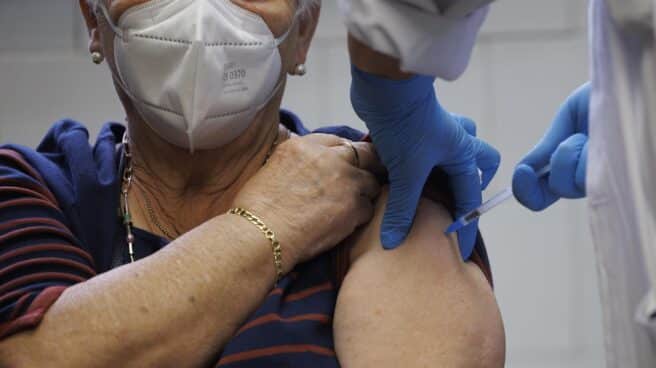

The flu vaccination campaign started yesterday throughout Spain.
Influenza scientists often colloquially say that the epidemic of this respiratory virus was “brought to Spain by the Magi”. The reason is that it is in January that influenza exceeds the epidemic threshold of 50 cases per 100,000 inhabitants. This year it happened more than three months earlier than usual.
And it is that Covid has turned the circulation of respiratory viruses on its head. In 2020, the flu practically did not appear, in 2021 the circulation was strange, the longest season in memory and with a peak in the middle of Holy Week.
This year, the epidemic began already in September, as recorded by the Influenza and Other Respiratory Virus Surveillance System of the Carlos III Institute of Health, dependent on the Ministry of Health, in the 37th week, and the incidence has been increasing since then. The latest available report for the 39th week contains entries 68.4 influenza cases per 100,000 inhabitants.
For comparison, before the pandemic, in the first week of October 2018 there were 6.5 cases per 100,000 inhabitants, ten times less. “This year we are very advanced with what we should have had, the epidemic started three months earlier than usual,” he explains. Independent Ivan Sans, Head of Science and Virological Surveillance at the National Influenza Center in Valladolid.
A Southern Hemisphere Lesson on Flu
Sans explains that in the southern hemisphere, and especially in Australia (where there is good surveillance), “the flu started two months earlier than usual, it was more intense and it lasted longer. So it is expected that here in Spain you will see something similar. We don’t like to say something exhaustive because viruses behave the way they want to and there are a lot of factors that go into that, but it points to it.”
While the flu started earlier, or rather did not even go away. “In Spain, the flu season is usually counted from the 40th week. [en octubre] up to 20. In May, cases usually disappear, but this year this did not happen. There were cases throughout the summer, which is very abnormal, so it can be said that the virus has linked two seasons.
The epidemic has begun, but its trajectory is still unknown. “We don’t know how he will behave. Last year, the incidence began in November, but a micron came and completely replaced the flu. This year it may be that if Covid goes up, as it is already observed in Europe, the incidence of influenza will decrease. We don’t know what’s going to happen,” Sans says.
Why did the flu come early?
Among the factors that could influence this unusual development of the influenza epidemic, Suns cites Covid, “which has led to the seasonal adaptation of other respiratory viruses, as it was before the pandemic.”
On the other hand, the virologist claims that “due to the lack of regular circulation, immunity to influenza has decreased. Although there is vaccination, the percentage of the unvaccinated population is much higher than the vaccinated population, there are more people without protection than usual. The virus took a bit of advantage last year, and maybe there will be more this year.
Get vaccinated yes, and better as soon as possible
The early start of the epidemic coincided with at least the start of the Covid vaccination campaign. Communities like Madrid, Andalusia or Catalonia started this Monday, Cantabria last Monday and others like Castile and León or the Basque Country at the end of September.
For a scientist at the National Influenza Center in Valladolid, this year’s vaccination is “very important”: “In the past, some of us thought it was still a long way off, but this year it has gone so far that older people will be better protected thanks to it. Then we will have to see the duration of the epidemic and therefore the protection, but so far the campaign is well designed.
Medical advice on who should be vaccinated against influenza applies to people over 65 years of age, the chronically ill, pregnant women, and essential staff or family members of patients at risk. But the group is excluded, despite the fact that the Spanish Pediatric Association has been calling for its inclusion for many years. Children aged six months to five years, who have the highest hospitalization rates after those over 65, especially infants under two years of age. “In Spain, from 3 to 10 children die from the flu every year, and they don’t talk about it. Therefore, I am in favor of vaccinating children with a drug that has also proven itself well. Flu vaccines have been made in Spain for 40 years and the side effects are well known,” says the virologist.
However, although the Ministry of Health makes some recommendations, the autonomous communities may vary in target populations (which are included in vaccination coverage). And that’s what Galicia did this year by including children. In addition, anyone can buy a vaccine at a pharmacy (it costs about 20 euros) and make an appointment with a nurse who will conduct it in her clinic. “Priority is given to vulnerable populations, but everyone is encouraged to get vaccinated,” Sans says.
Source: El Independiente